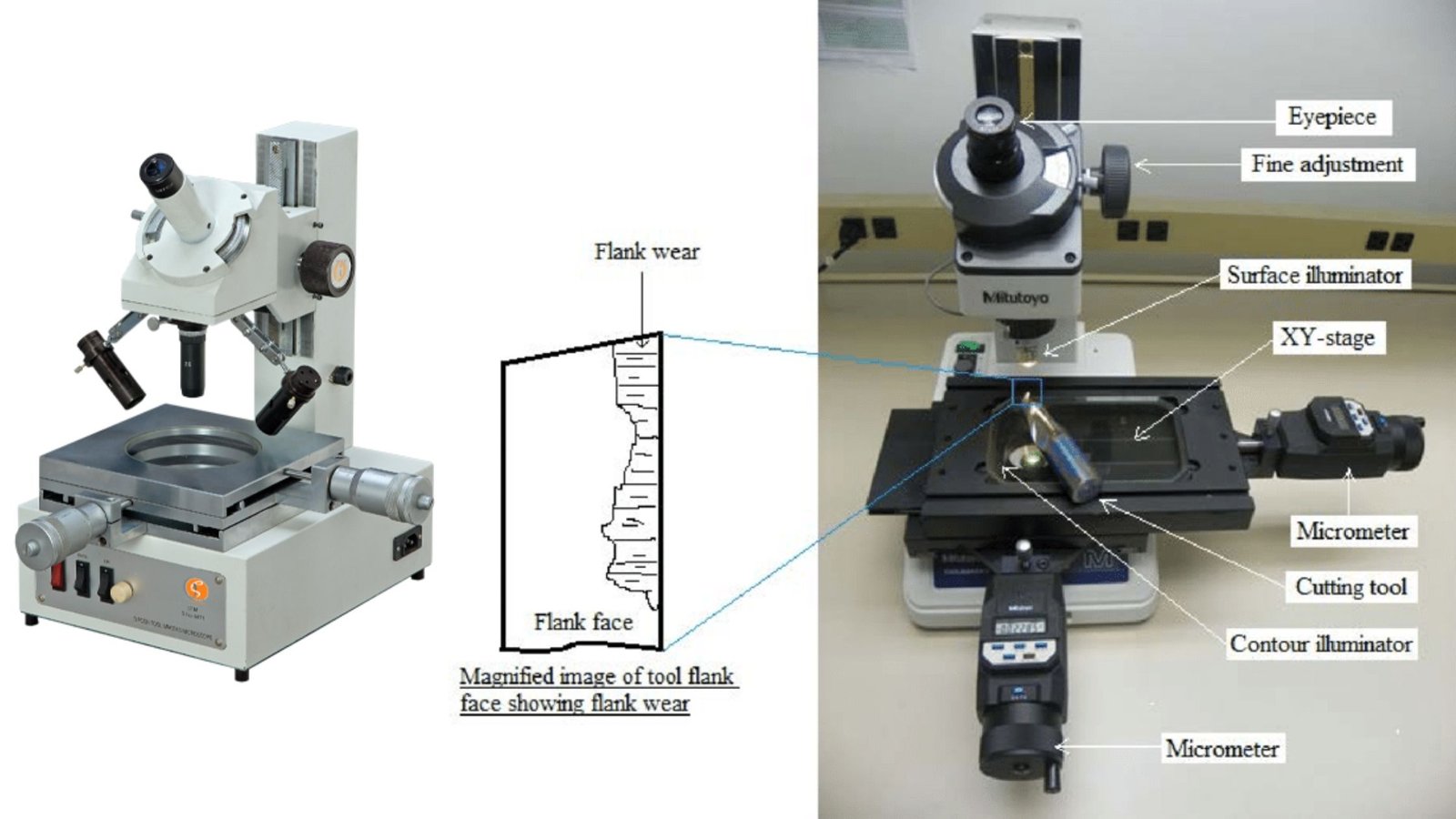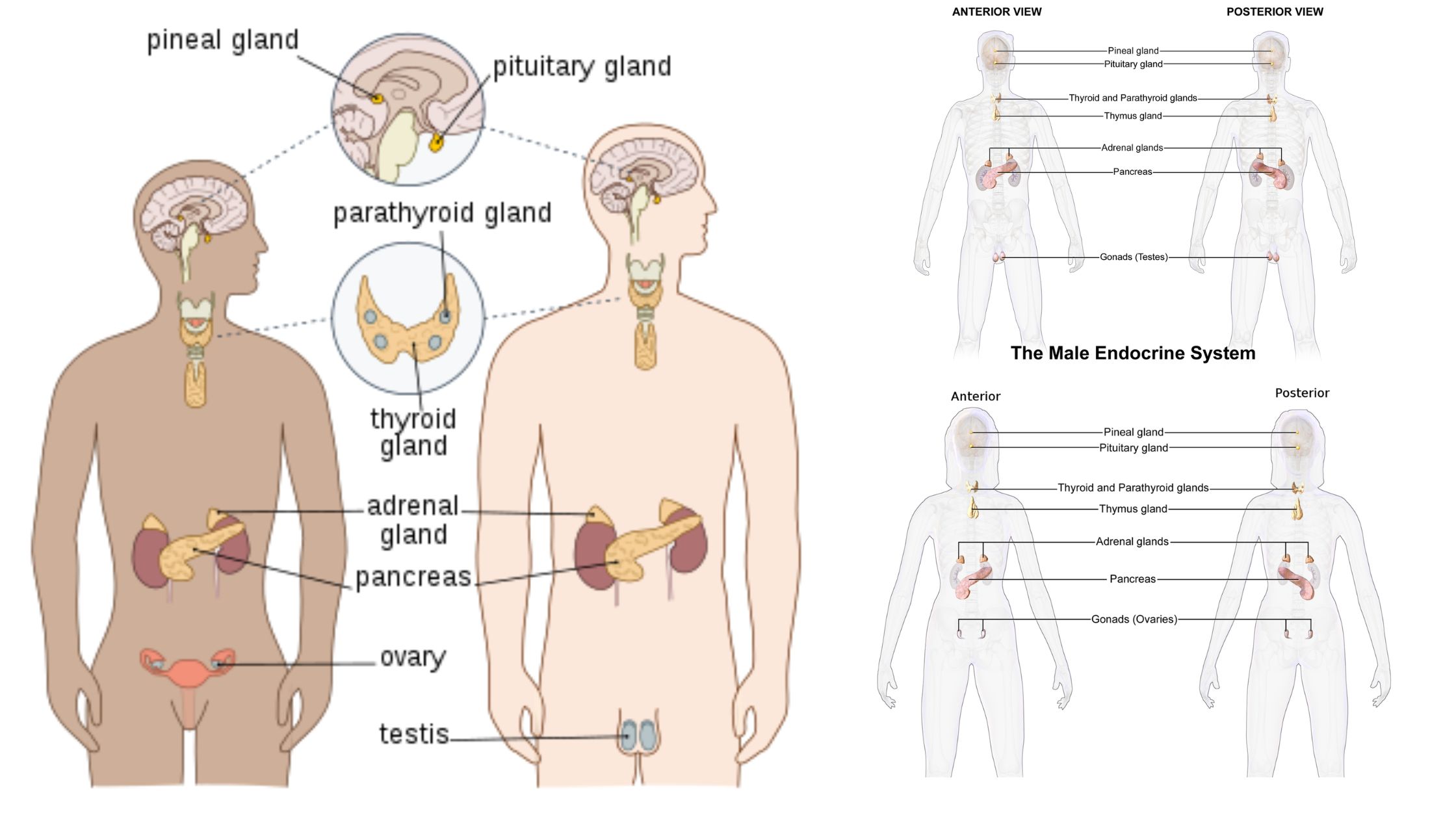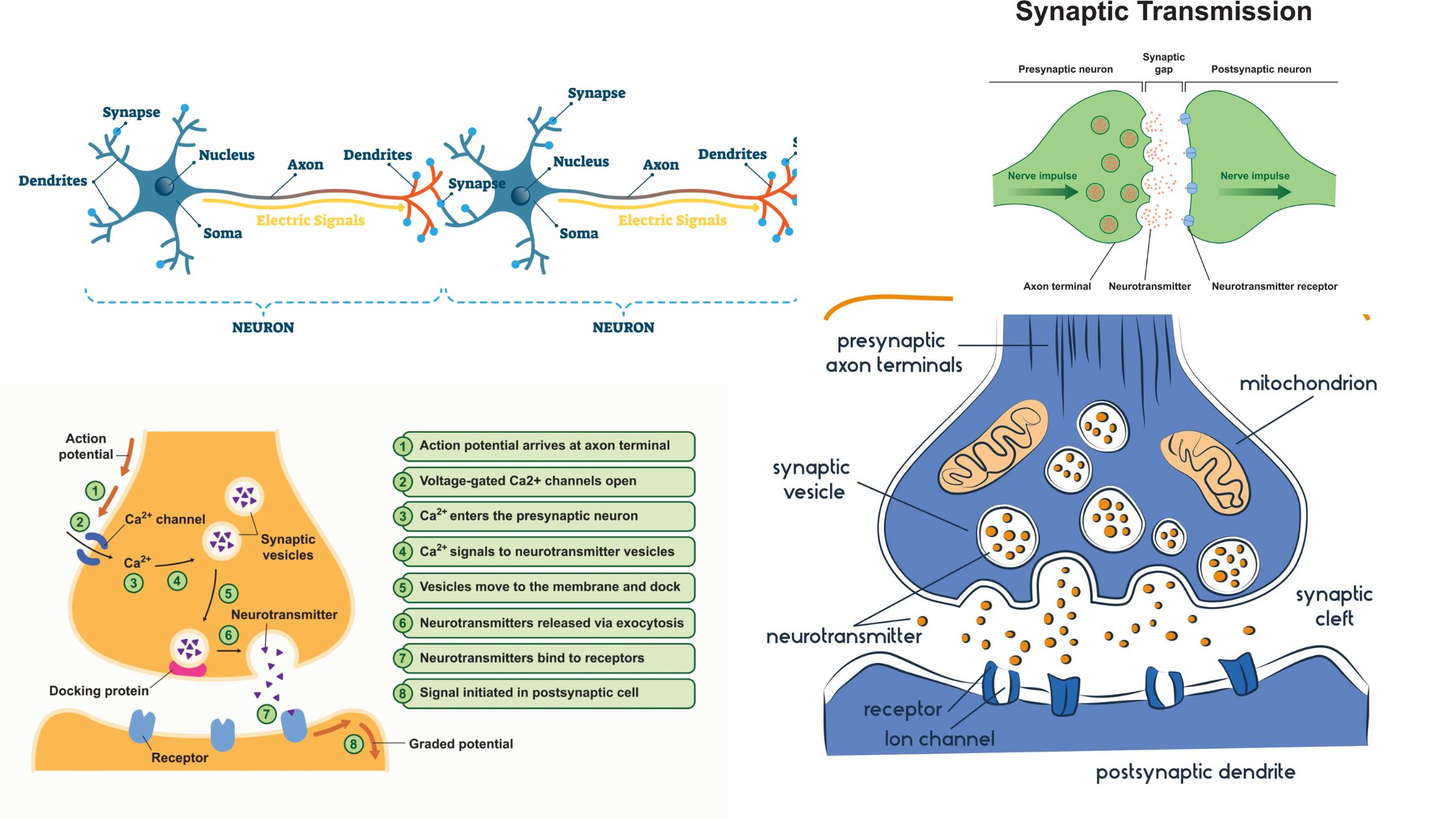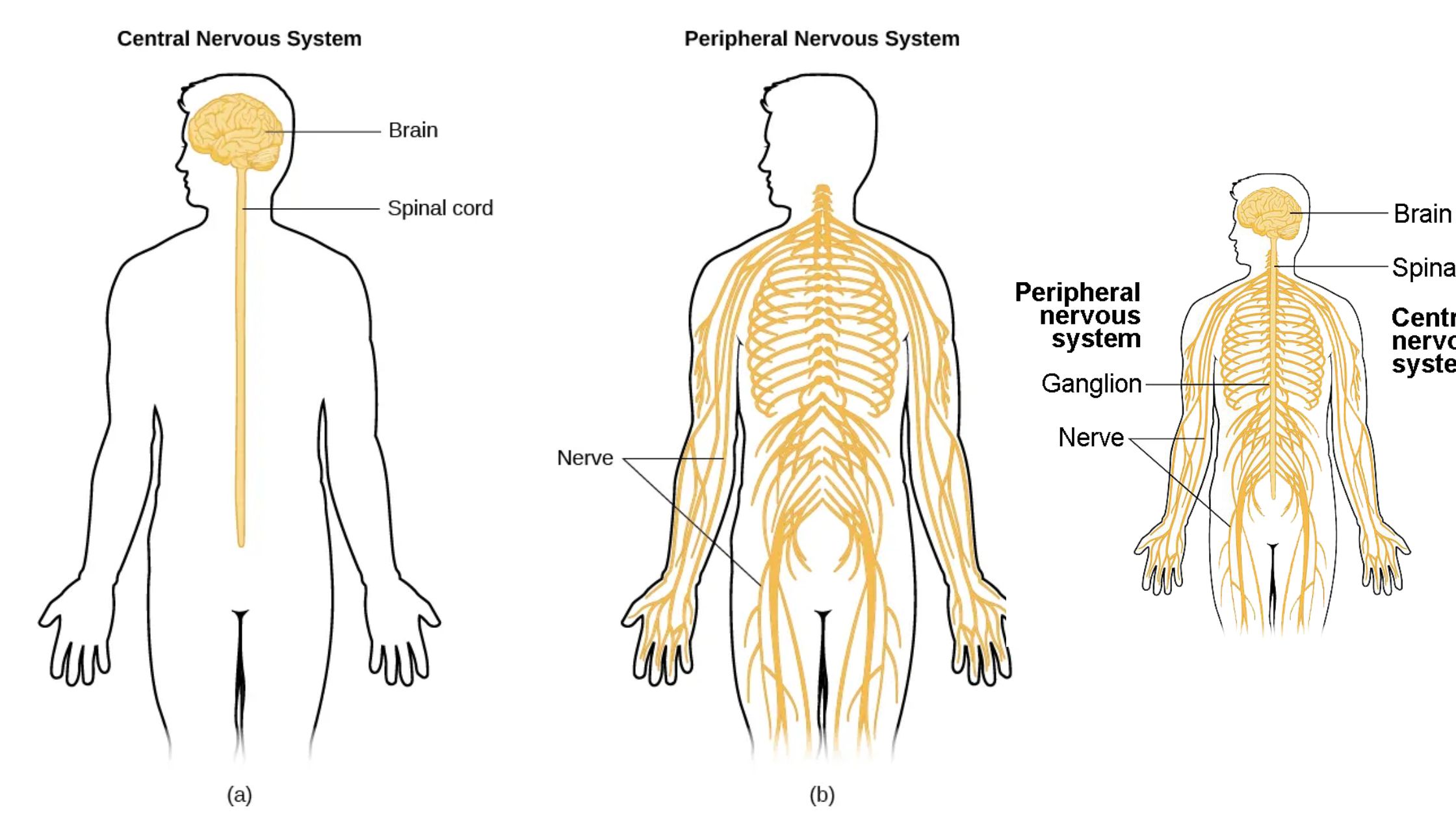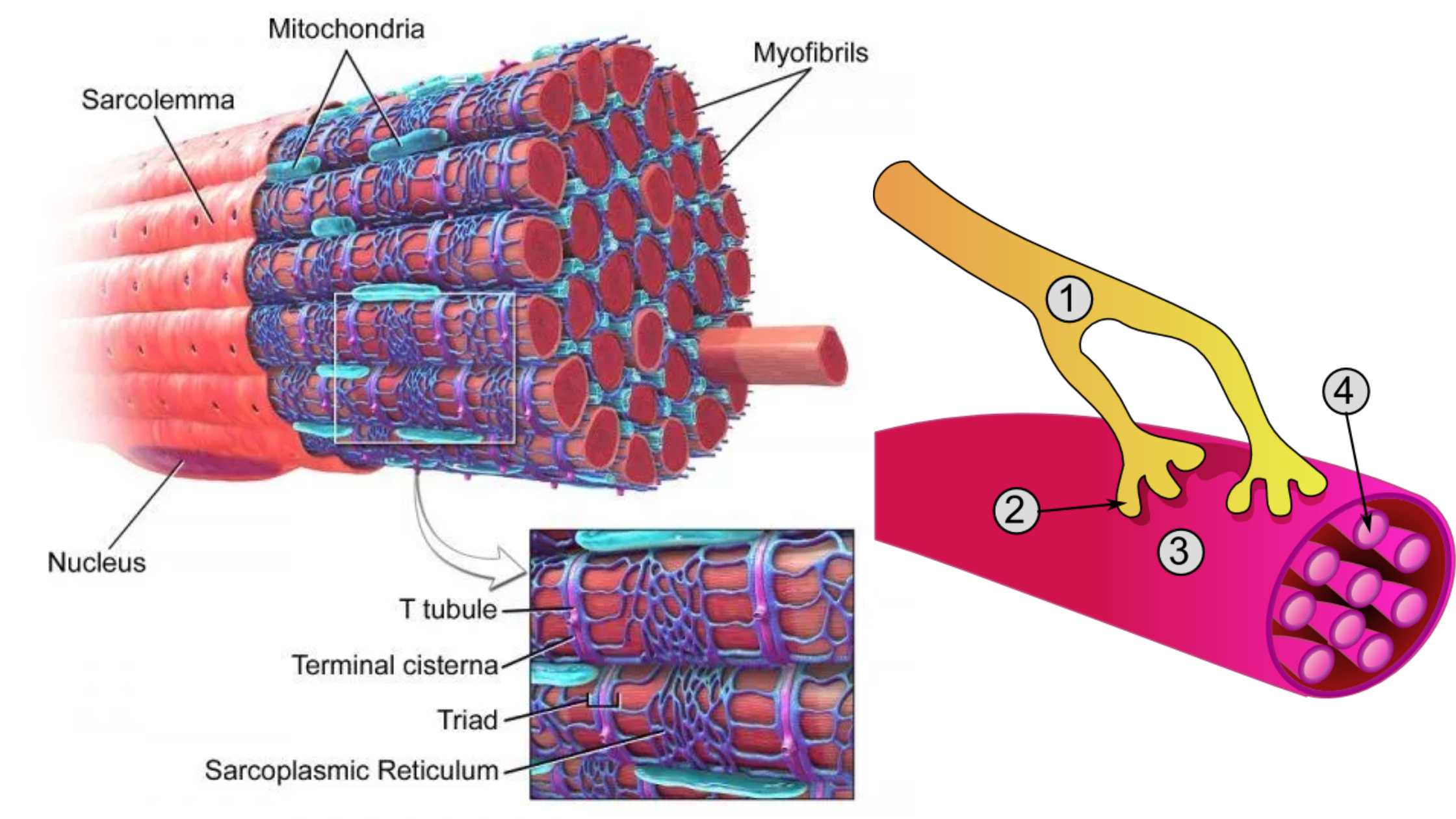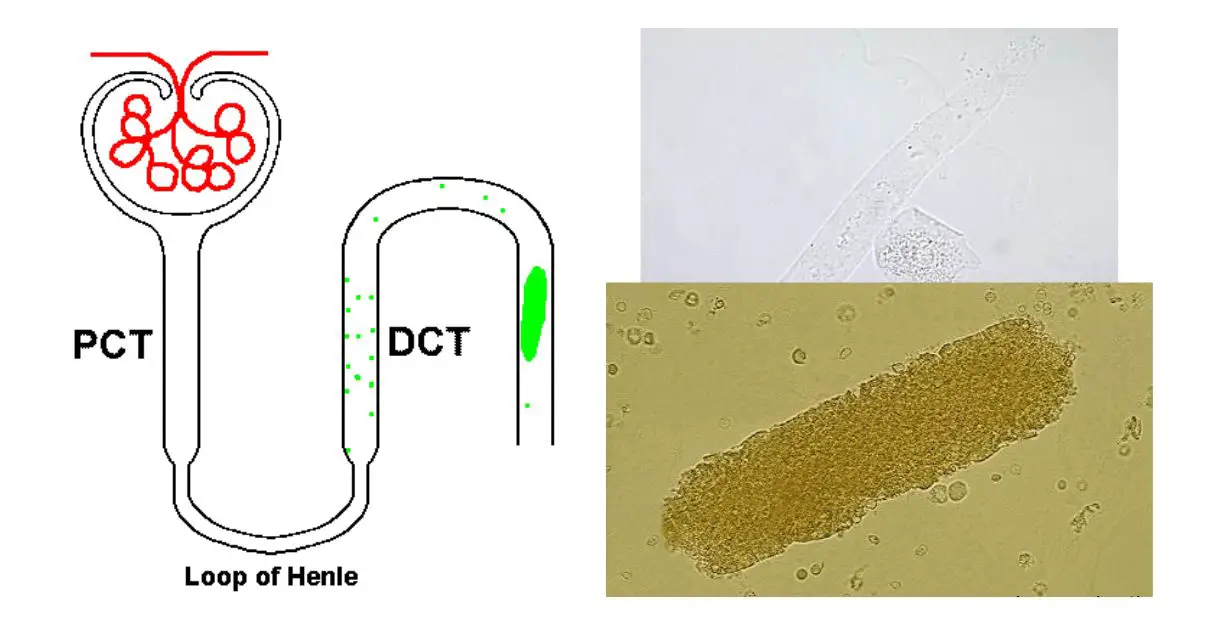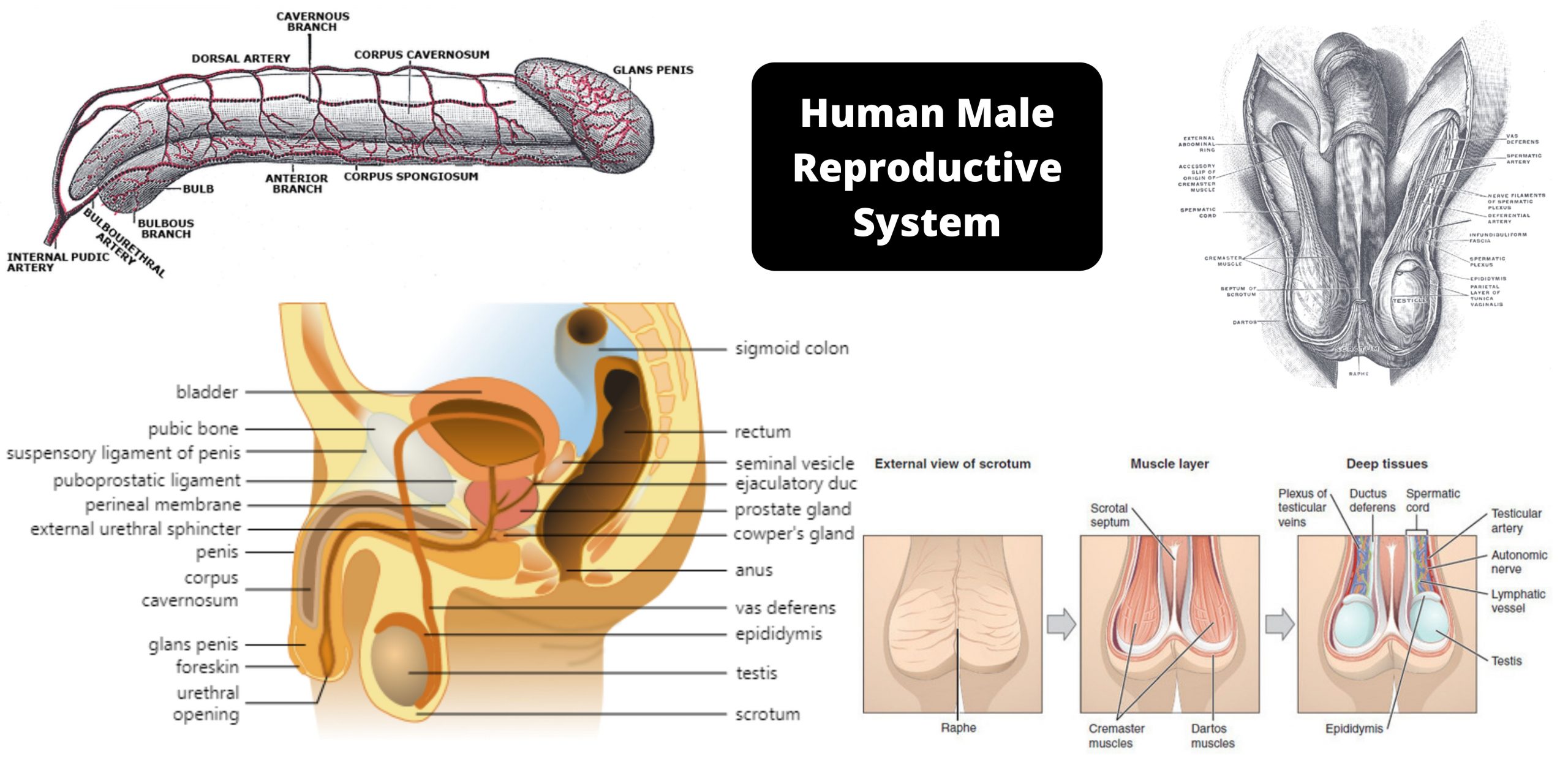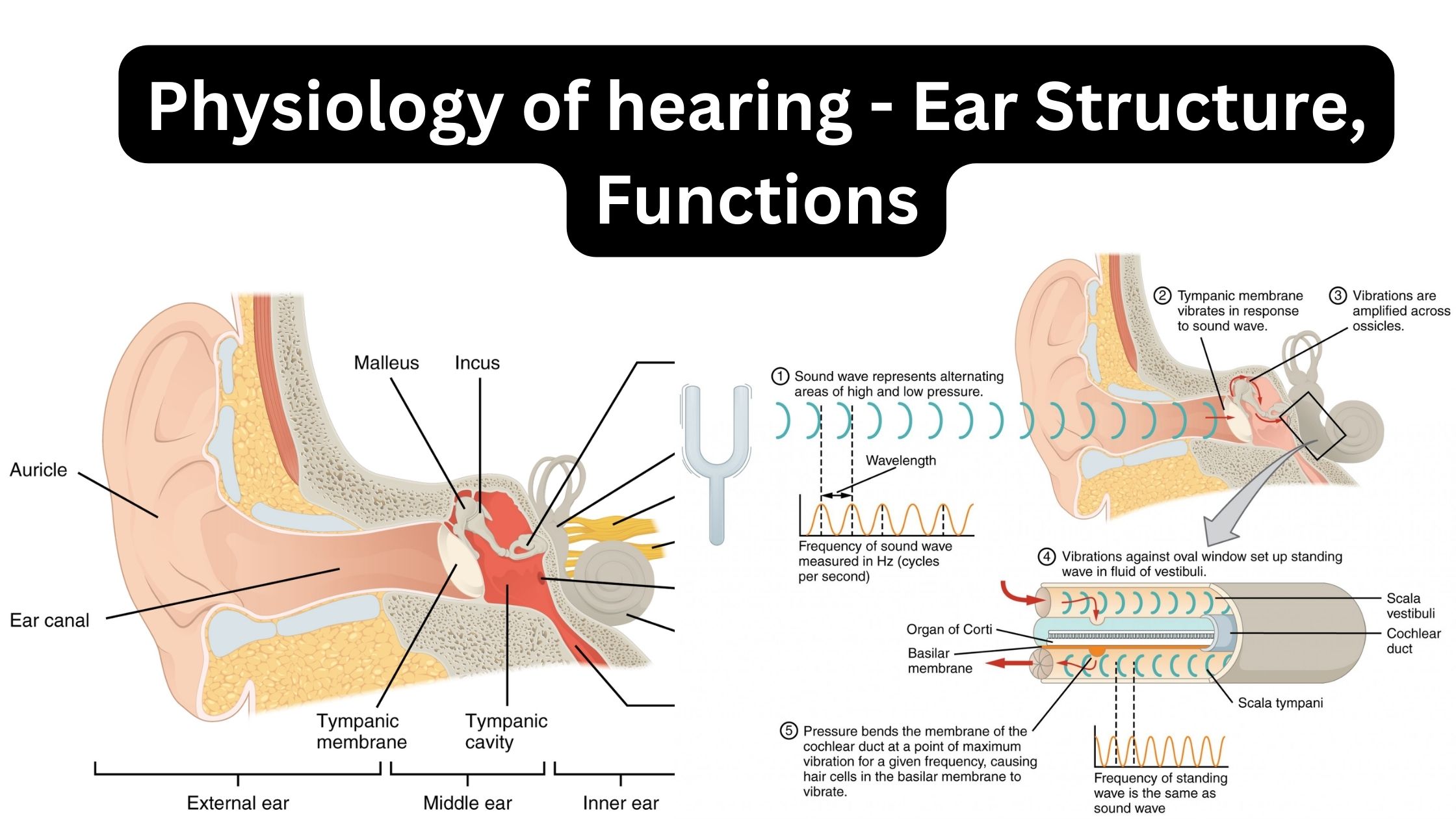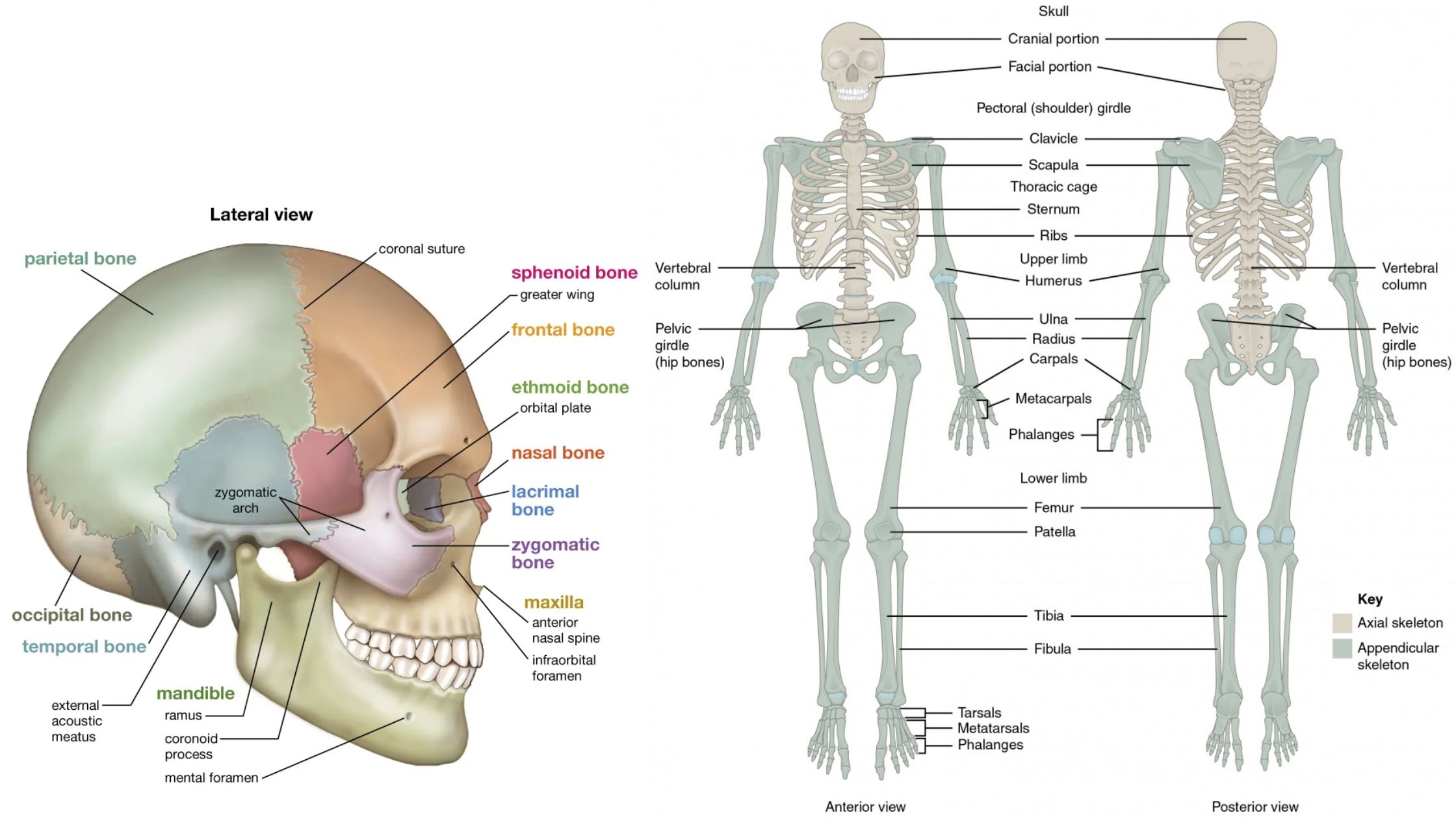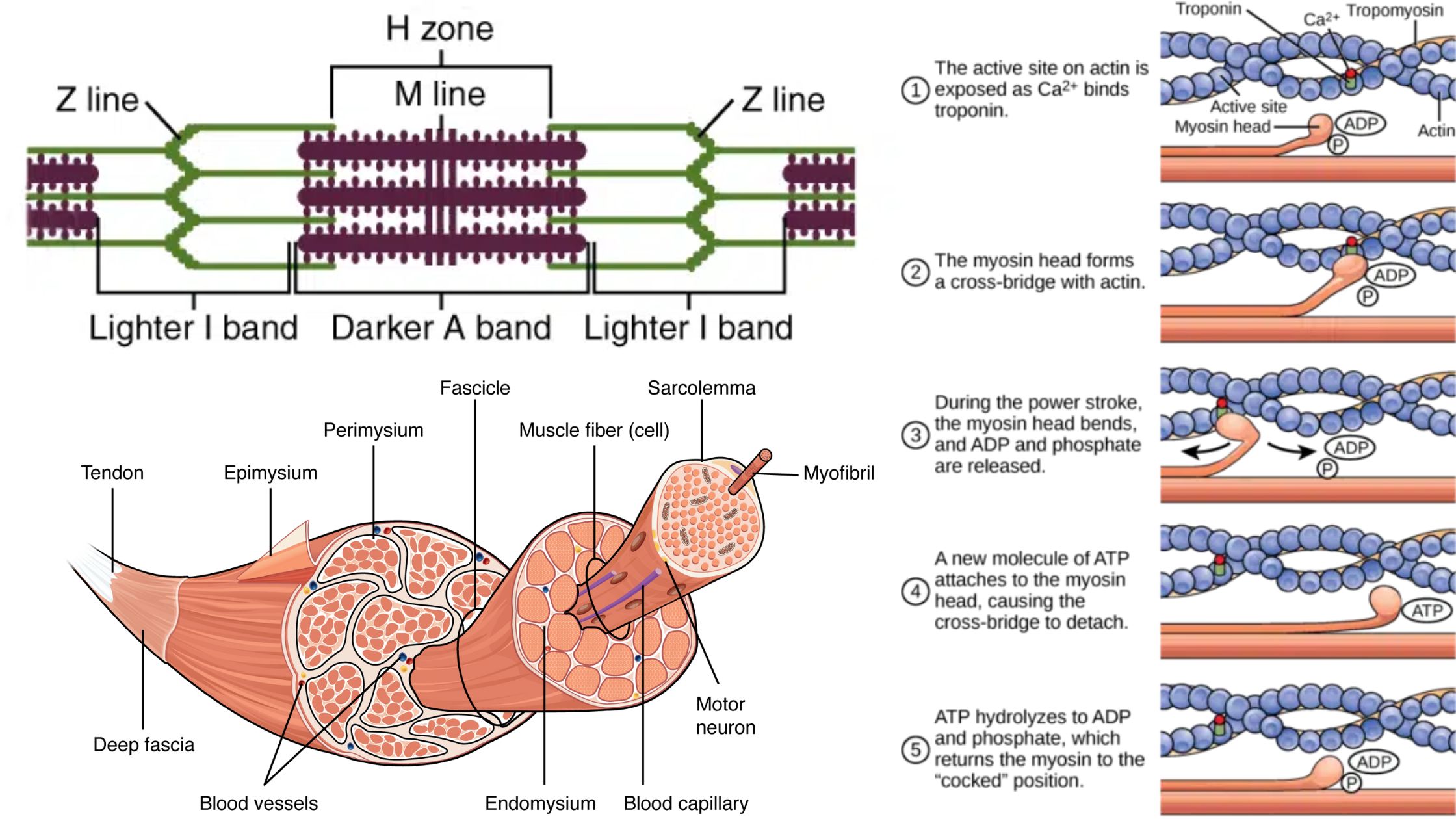Agglutination Test – definition, Types, Uses, Advantages, Disadvantages
Agglutination Test is a serological test in which the antigen and antibody reaction is seen directly as visible clumping. It is the process where particulate antigen reacts with its homologous antibody and form aggregates called agglutinates. These aggregates can be seen with naked eyes. This reaction is specific because the antigen combines only with the … Read more
